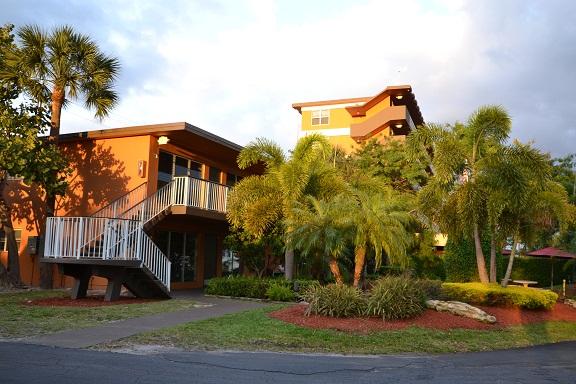
When the CEOs of the nation’s two largest addictions treatment enterprises, on the for-profit side Andy Eckert of CRC Health Corp. and on the non-profit side Mark Mishek of Hazelden, step up with strong views on what they see as the limited prospects for growth on the residential/inpatient side, it’s certainly time for the rest of the industry to sit up and take notice,In a wide ranging interview with Treatment Magazine in early December, CRC’s Andy Eckert made clear that the payors were pretty much fed up with what they see as an increasing revolving door when it comes to primary care residential treatment. “The commercial insurers do not see value in terms of better outcomes in spending money funding endless residential primary care experiences,” says Eckert, pointing out that payors have recently approached CRC about starting a number of IOP and PHP programs linked to the detoxification and maintenance services delivered at CRC’s nationwide network of opiate specialty clinics, now by far the largest after CRC’s $58M deal to acquire the 22 Northeast opiate centers of Boston-based Habit OPCO.
More Outspoken

Hazelden CEO Mark Mishek has been even more outspoken, pronouncing the 28-day type residential model to be “dead” as a growth area while moving Hazelden toward outpatient clinic expansion both through acquisition and organic growth, as well as the announcement of plans to leverage the iconic Betty Ford brand beginning with a series of Southern California outpatient care centers.While SAMHSA data on industry-wide payor mixes has always been woefully out-of-date, and now amidst budget cutbacks seems to have disappeared altogether, the trend post-managed care when it comes to commercial payors has been unmistakable, with health insurers topping out in the 1980s paying somewhere between 30-40 percent of the nation’s total treatment bill, and falling from there to likely under 10 percent currently.
Sober Living Growth

As providers and health insurers work together in the future to find the “sweet spot” when it comes to what type of care – residential/inpatient, IOP, PHP, etc… – delivers the best outcomes bang for the buck, we here at Treatment Magazine see big potential on the sober living side of the addictions industry to deliver strong outcomes within a highly flexible framework that is strongly consumer friendly in the sense of delivering a treatment product for which there is a large demand that can be delivered in ways that are sensitive to consumer needs and preferences. The sober living transitional care subsector of the addictions industry has grown in the last half century into a multi-billion dollar powerhouse that is overwhelmingly dominated by small entrepreneurial players whose business models are closely tied to the alternating boom and bust fortunes of the residential real estate industry. In South Florida, where highly affordable, yet still potentially immensively profitable $150-a-week per bed revenue models dominate, players like Steve Manko and his immense Boca House operation were worth easily $50M at the height of the real estate boom there pre-financial crisis. And now, with home prices recently a tiny fraction of boom levels, new players are emerging. For example, savvy sober living operations experts like William Dallas have teamed with well capitalized real estate investors like Ray Di Iulio, forming a new sober living enterprise called Comfort House, one among many dozens formed in Florida recently. Southern California is home to the nation’s second largest private sober living “hub” and is entrepreneurially even more highly fragmented than in South Florida. And just as So Cal is home to the bulk of high-end private pay treatment centers, so too has So Cal’s transitional living marketplace tended toward the high-end.
Dearth of Beds

Except in the addictions “hubs” like the two just described and others that have formed in Arizona and places like Minnesota, there is in fact a dearth of sober living beds. On the non-profit side, the incredibly successful Oxford House has since the 1970s managed to set up everywhere. But at the locally controlled, democratically run Oxford Houses there are in many communities long waiting lists to get in.
The Florida House
An example of a successful new sober living operation, a highly structured program, is one that The Florida House, a rapidly expanding for-profit South Florida therapeutic community, started about two years ago. As Florida House CEO and founder Sherief Abu Moustafa saw opportunity in acquiring undervalued residential properties adjacent to the multi-acre Florida House campus in downtown Deerfield Beach, hebrought in Peter Marinelli to run a sober living operation that would form part of the soup-to-nuts treatment services operation that is now The Florida House. Marinelli is a traditionalist AA program director in every sense and runs the Florida House program very much along those lines. He spends much of his time on what has now, over the last several decades, become a very well developed Alcoholics Anonymous speaking cicuit, giving talks at the multitude of regional and national AA conferences that are held all over the U.S.every year. Says Marinelli: “The Florida House program is about helping people gain spiritual muscle before they re-enter society,” TJ














